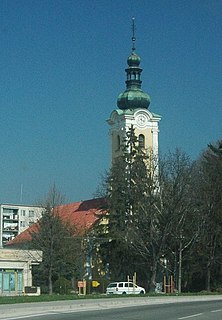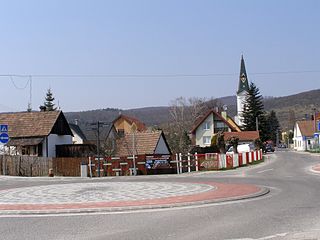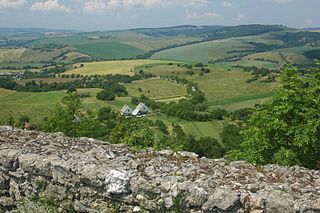Mária Royová (26 November 1858 – 25 February 1924) was a Slovak Protestant activist, charity worker and songwriter. [1]

Slovakia, officially the Slovak Republic, is a landlocked country in Central Europe. It is bordered by Poland to the north, Ukraine to the east, Hungary to the south, Austria to the west, and the Czech Republic to the northwest. Slovakia's territory spans about 49,000 square kilometres (19,000 sq mi) and is mostly mountainous. The population is over 5.4 million and consists mostly of Slovaks. The capital and largest city is Bratislava, and the second largest city is Košice. The official language is Slovak.

Protestantism is the second largest form of Christianity with collectively between 800 million and more than 900 million adherents worldwide or nearly 40% of all Christians. It originated with the 16th century Reformation, a movement against what its followers perceived to be errors in the Roman Catholic Church. Protestants reject the Roman Catholic doctrine of papal supremacy and sacraments, but disagree among themselves regarding the real presence of Christ in the Eucharist. They emphasize the priesthood of all believers, justification by faith alone rather than by good works, and the highest authority of the Bible alone in faith and morals. The "five solae" summarise basic theological differences in opposition to the Roman Catholic Church.
She and her sister Kristína Royová founded the Blue Cross Organization and diaconical centre in Stará Turá. [2]

Kristína Royová was a Slovak Protestant activist, thinker, revivalist, novelist and poet.
Modrý kríž was a "teetotalers' society" originating in Stará Turá, Slovakia at the end of the 19th century and the beginning of the 20th. It was founded by sisters Kristína Royová and Mária Royová and initiated a movement in the spiritual, cultural and social life of the mainly peasant people of the surrounding region who traditionally belonged to the Lutheran Church. The sisters were also active as authors and in charitable work.

Stará Turá is a town in the Trenčín Region in western Slovakia.









